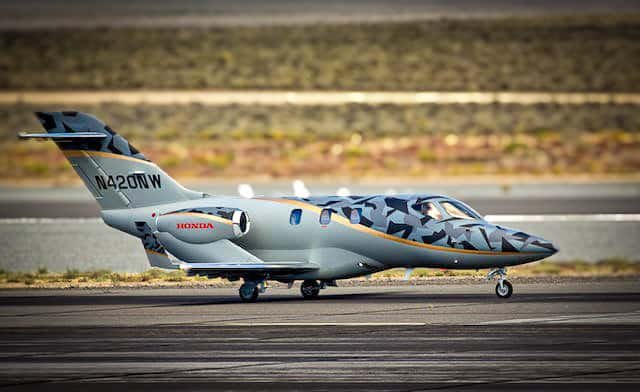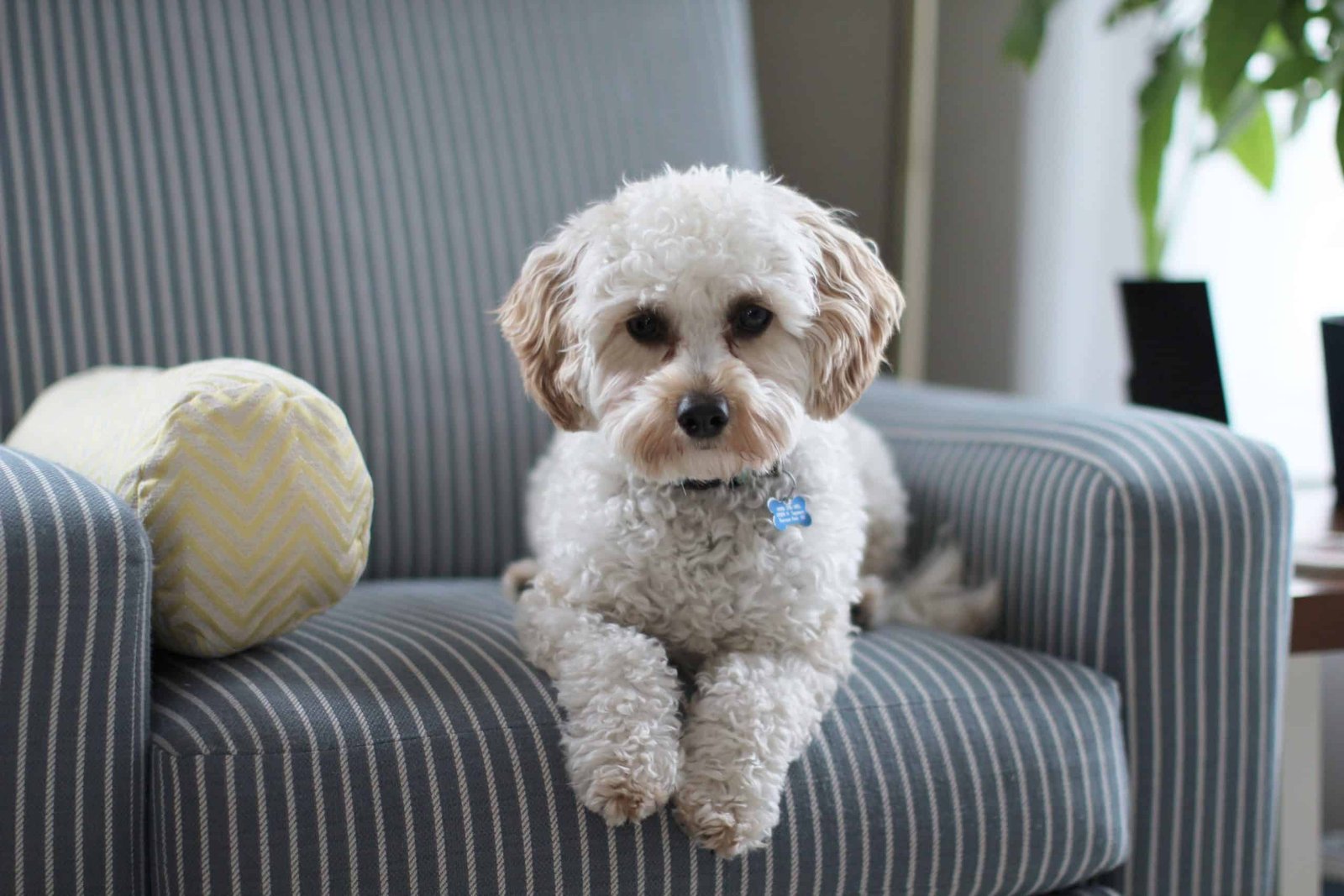Flying with pets in your own airplane can be a great way to share your passion for flying with your pet. However, there are some important things you should consider before taking off with any pet in tow.
We’ll cover several things you should know about flying with pets in a general aviation aircraft, including preparation, safety, and regulations.

Preparation – The first step to flying with your pet is to ensure that you’re both prepared for the journey ahead.
This means making sure that your pet is up-to-date on all vaccinations and health checks, and that they are comfortable with flying.
It’s also important to ensure that your pet is properly secured during the flight, whether that means using a crate, a harness, or another type of restraint.
Before your flight, it’s a good idea to take your pet on a few short flights to get them accustomed to the experience. This can help alleviate any anxiety or discomfort they may feel during the flight.
Safety – When it comes to flying with pets, safety should be your top priority. This means ensuring that your pet is properly secured during takeoff, landing, and turbulence, as well as throughout the flight.
You should also make sure that your pet has access to water and is comfortable, whether that means providing a blanket or toy. It’s also important to consider the temperature and air pressure in the cabin.
Safety when flying with pets means keeping them safe, which in turn keeps YOU safe. The last thing you want is a pet on the loose, potentially interfering with the pilot!
Regulations – When flying with a pet, it’s important to familiarize yourself with the regulations surrounding pet travel in general aviation aircraft. In the United States, the Federal Aviation Administration (FAA) does not regulate pet travel on general aviation flights.
Remember that individual airports and aircraft owners may have their own rules and restrictions. It’s also important to note that some states and countries may have their own regulations surrounding pet travel. Before taking off, make sure to research any regulations that may apply to your specific destination.
We are reader supported so some links are affiliate links where we earn a small commission, which costs you nothing.
Flying with Pets to Destinations

Pet-Friendly Destinations – If you’re planning a trip with your pet, it’s important to research pet-friendly destinations along your route.
This can help ensure that your pet is welcome and comfortable throughout your trip.
Many airports and FBOs (fixed-base operators) have designated pet areas and facilities, such as dog parks and relief areas. In addition to airports, there are many pet-friendly destinations throughout the United States, such as national parks and campgrounds.
When planning your trip, consider incorporating these destinations into your itinerary.
They are a passenger too – If you fly with a pressurized cabin, which provides oxygen in higher altitudes, your pet should be just fine.
If your aircraft is NOT pressurized and you use cannulas for oxygen, your pet will NOT be getting the proper amounts of oxygen required and may experience hypoxia.
Always keep in mind they can only safely fly to certain altitudes without oxygen. If your pet appears to be uncomfortable or distressed, it may be best to land and take a break.
Flying with Pets Can be Easy, but
If your pet is not yet used to flying, you may want to consider a Pet Travel Carrier Bag like this one that is only about $36 that you can carry like a shoulder bag. (By the way, it’s sold over 13,000 of them, so it must be popular!)
Flying with pets in a general aviation aircraft can be a great way to share your passion for flying with your furry friend.
It’s VERY important to properly prepare for the journey, prioritize safety for you and your pet(s), and familiarize yourself with any regulations and restrictions that may apply, both on departure and at your destination.
By taking these steps, you’ll be able to ensure a safe and enjoyable flight for both you and your pet.






